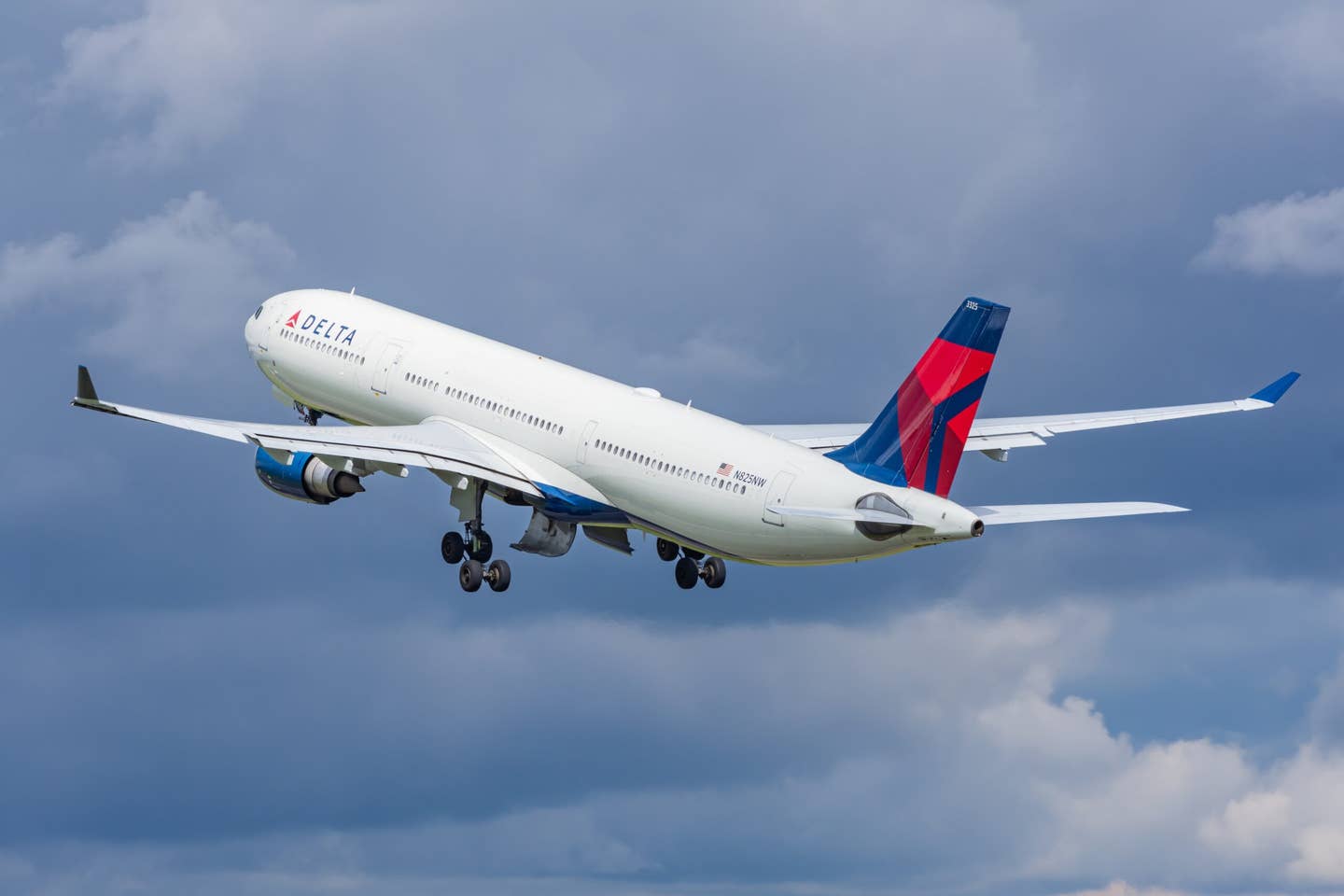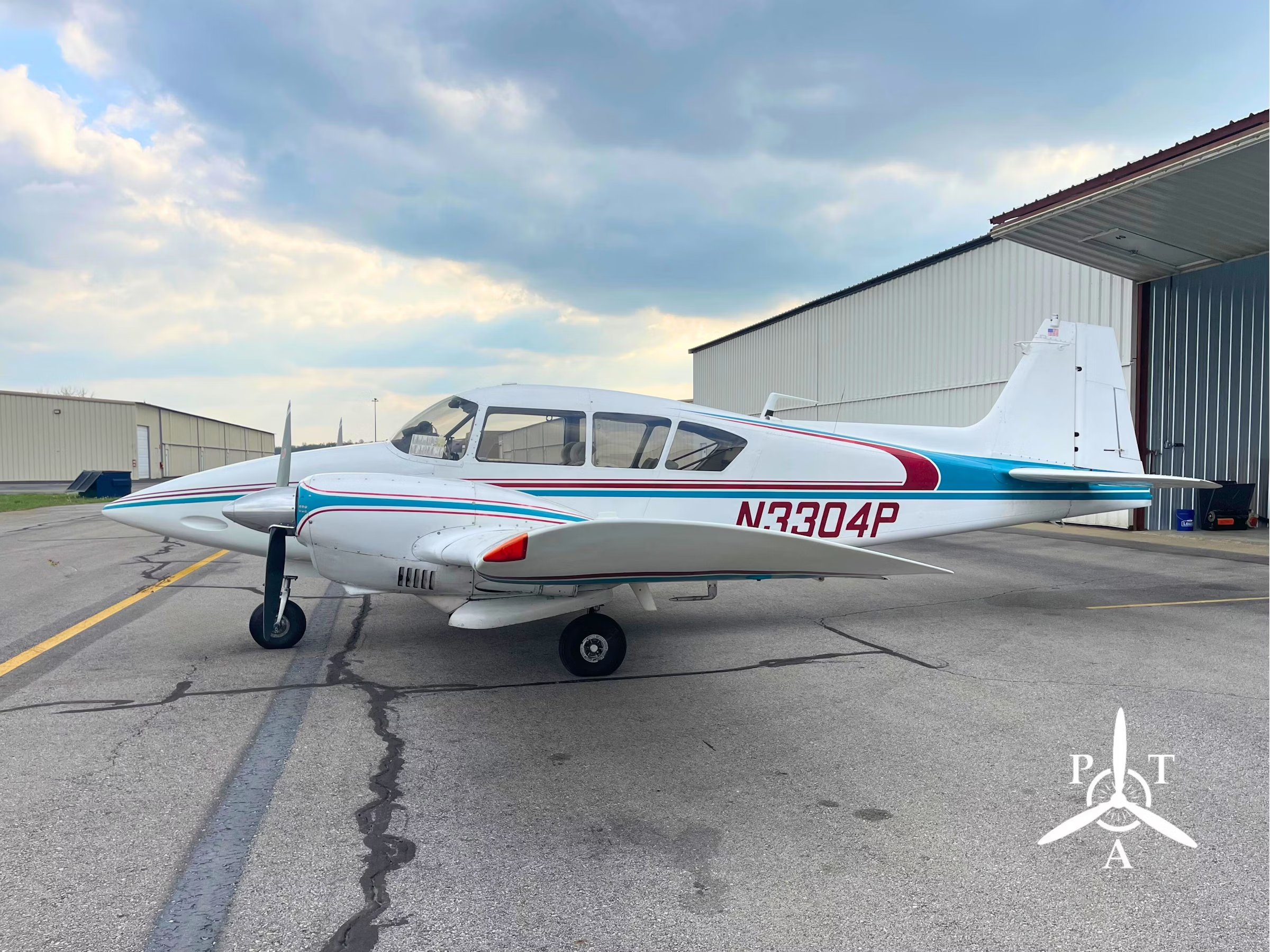
The general aviation aircraft market has stayed brisk during the first half of 2020, with buyers taking delivery of new aircraft. Courtesy Larry Brooke
You may not believe it—unless you’ve been shopping for a used Cessna 182 or its like over the last few months—but the general aviation used aircraft market has stayed relatively strong throughout the first half of 2020, according to industry representatives from insurance brokers to aircraft brokers. Now may be a really good time for you to consider buying an airplane—avoiding airline travel just being one benefit.
One driver, according to Daniel Cheung of Aviation Tax Consultants, is the accelerated depreciation schedules that buyers can take advantage of, both for new and used aircraft. “The market has been crazy,” he says. “Bonus depreciation by itself is a great catalyst for this.” This allowance gives a person or a company the ability to take 100 percent of the aircraft’s depreciation in the first tax year of ownership, rather than having to amortize the depreciation over the standard five-year period.
Cheung advises a wide variety of small business owners, such as law firms and insurance agencies, on the best tax strategies when it comes to asset acquisition—and an airplane fits in well with the needs of these companies. It’s also possible to craft a relationship with a flight school that is looking for a new (or new-to-them) airplane to fit onto its flight line, and offset expenses in that manner as well.
Until 2018, only new aircraft would qualify for bonus deprecation—a fact that benefited aircraft OEMs. “Historically, just new aircraft would qualify,” says Cheung, “and the change doesn’t help the OEMs.” However, he points out “the used market is pretty good,” so the benefit may still remain if there are few good used aircraft for sale.
The CARES Act adds another twist for owners of larger businesses to consider. If a company was searching the market for an aircraft worth $5 million, according to Cheung, but the company’s income was only going to be $3 million for 2020, the act allows a business to take 100 percent of the depreciation, leaving a loss of $2 million for the business. The business can carry that loss as far back as 2015, if needed, and obtain a tax refund, thus taking advantage of the full depreciation amount. “That’s the angle some OEMs are using,” says Cheung, to continue to sell airplanes in the current environment.
The current adjusting of tax and other regulations in light of the COVID-19 pandemic is not expected to extend to other areas of business aircraft use, however. “We do not expect any relaxation of the 50 percent minimum business use requirement to prevent recapture of accelerated depreciation or bonus depreciation take n previously,” says a post on the Aviation Tax Consultants website. “It is critical to maintain this minimum use percentage for the year 2020 and furthermore for the depreciable life of your aircraft. The more business use that can be flown safely, the better. Keep in mind that utilizing personal non-entertainment (PNE) hours to achieve the 50 percent use is allowed, in moderation. We understand that many of you may be assisting with charity efforts during this time.” Cheung adds to this: “I actually like to convey the message that we want [owners] to maintain as close to 100 percent business use in 2020 to maximize the amount of deductions available in 2020.”

Sign-up for newsletters & special offers!
Get the latest FLYING stories & special offers delivered directly to your inbox






